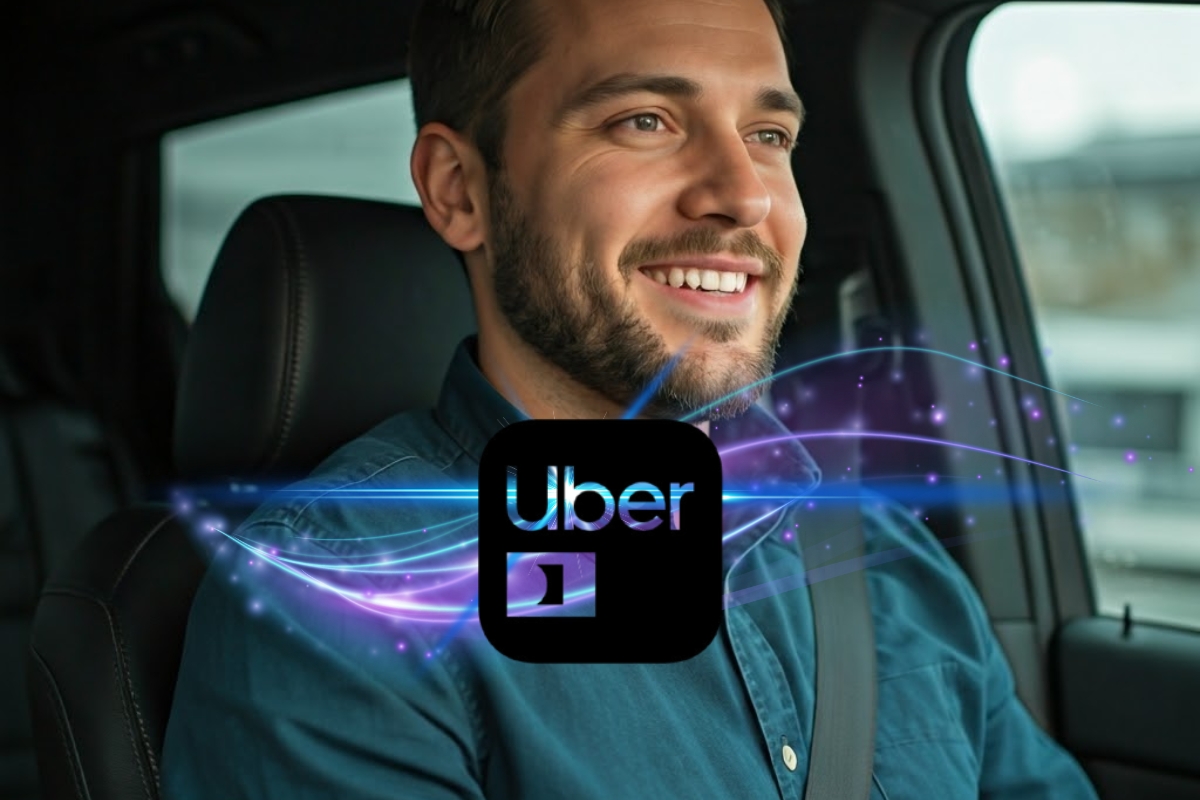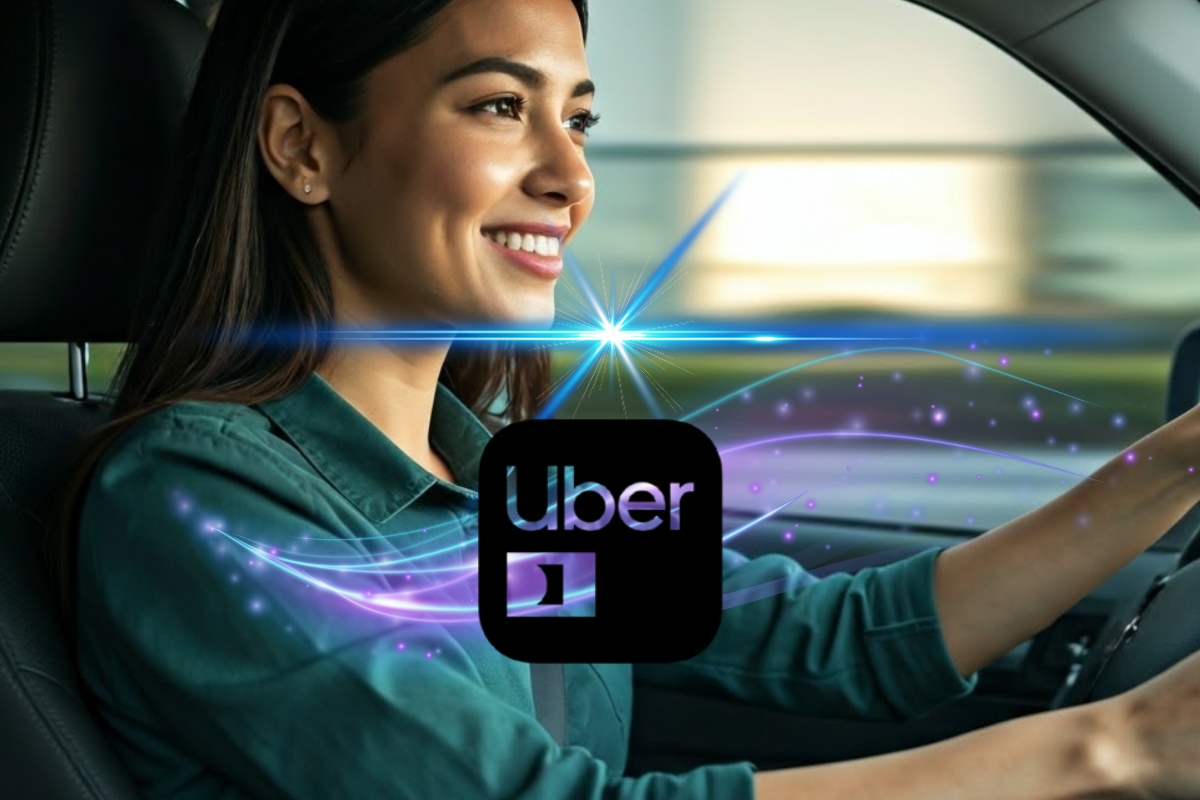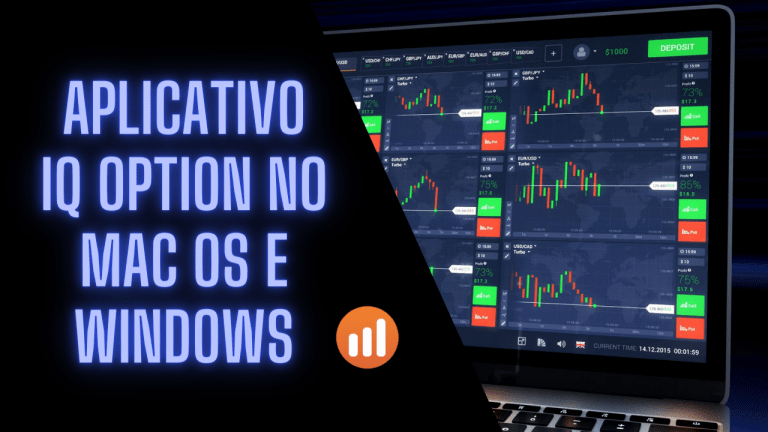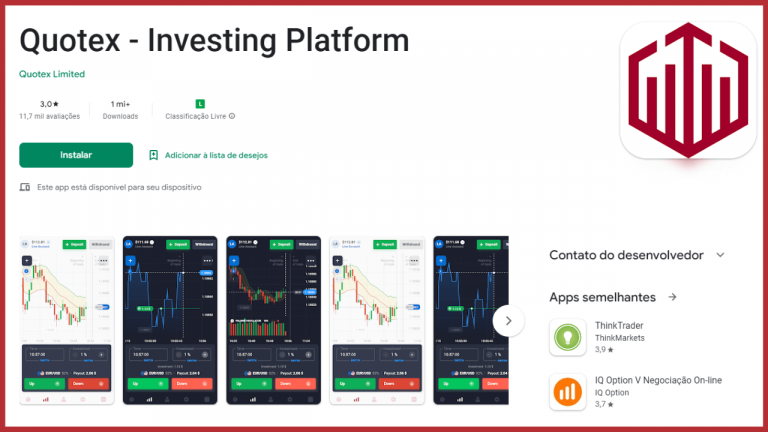In the ever-evolving landscape of transportation, one name has consistently stayed at the forefront: Uber. What began as a simple solution to hailing a cab has become a driving force behind a revolution in urban mobility. Uber has gone beyond ride-hailing; it’s shaping the future of transportation itself. But what does this transformation really mean for cities, passengers, and even drivers? Let’s take a deep dive into the ongoing Uber evolution and how it’s reshaping our world.
The Ride-Hailing Revolution
Uber’s impact on how we move from place to place can’t be overstated. It disrupted the traditional taxi industry by providing faster, more affordable rides at the tap of a button. With millions of users worldwide, Uber has become synonymous with convenience and efficiency.
Why stand on a street corner waiting for a taxi when you can summon one from your phone in seconds?
This simple question captures why Uber grew at an astonishing pace. Its ability to provide instant access to transportation has made it the go-to service in over 70 countries, empowering users and challenging the status quo of public transit and taxi services.
Uber’s Influence on Public Transportation

As Uber grew, so did its influence on public transportation. Many passengers who once relied solely on buses, subways, or trains found a new option: Uber. For those who live in areas where public transit is unreliable, Uber fills the gap, offering a direct and convenient alternative.
But does Uber really replace public transportation, or is it just a complement?
For many cities, Uber has become a complement rather than a competitor. Its flexibility allows users to reach destinations that might be difficult or time-consuming via public transit. Moreover, services like UberPOOL have enabled riders to share trips, reducing costs and traffic congestion while providing a shared mobility solution.
The Gig Economy: Flexibility and Challenges
At the heart of Uber’s success is its workforce—the drivers. Uber has revolutionized how people work by allowing individuals to earn money on their own terms. The appeal of setting your own schedule has drawn millions of drivers to the platform, making Uber an integral part of the gig economy.
But is this freedom worth the trade-offs?
While the flexibility of Uber driving appeals to many, the reality is more complex. Drivers often face fluctuating pay rates, long hours, and a lack of job security. The debate over whether Uber drivers should be classified as employees or independent contractors continues to rage, with implications for workers’ rights across the gig economy.
Embracing Technology: Uber’s Path to Autonomy
Uber isn’t resting on its laurels. The company is aggressively pursuing new technologies that could further transform transportation. Self-driving cars are at the top of Uber’s innovation agenda. Imagine a fleet of autonomous vehicles cruising the streets, picking up passengers without the need for a human driver.
Is this the next frontier for Uber? Absolutely.
Uber’s investment in autonomous vehicle technology signals that the company is looking to the future. Not only would this revolutionize the cost and efficiency of ride-hailing, but it would also dramatically reduce accidents caused by human error. While fully autonomous Uber cars are still a few years away from mainstream adoption, the company’s vision is clear: Uber wants to lead the world into a driverless future.
Expanding Horizons: Uber’s Diversification
Uber is no longer just about rides. The company has expanded into food delivery with Uber Eats, freight services, and even urban air mobility. Its goal? To become a one-stop solution for all transportation and logistics needs.
But how does this diversification affect Uber’s core mission?
By branching out into various sectors, Uber has strengthened its foothold in the transportation industry while creating new revenue streams. Uber Eats, in particular, became a major success, especially during the pandemic, when food delivery demand skyrocketed. Uber’s commitment to exploring new avenues keeps the company relevant and competitive in an ever-changing market.
A Greener Future: Uber’s Sustainability Goals

As the world becomes more conscious of environmental issues, Uber is taking steps to become a more sustainable company. Uber has committed to achieving a fully zero-emissions fleet by 2040. In major cities, Uber has already introduced Uber Green, allowing riders to choose electric or hybrid vehicles for their trips.
Can Uber really lead the charge toward greener transportation?
Uber’s commitment to sustainability is ambitious, but it’s necessary in the fight against climate change. By transitioning to electric vehicles and reducing emissions, Uber is positioning itself as a key player in the move toward greener cities. The challenge will be convincing drivers to switch to electric vehicles and expanding infrastructure to support these changes, but Uber’s progress so far is encouraging.
The Road Ahead: What’s Next for Uber?
As Uber continues to evolve, its impact on transportation will only grow. With a focus on technological innovation, environmental sustainability, and expanding its service offerings, Uber is not just a ride-hailing app—it’s an ecosystem that is redefining how we live and move.
But what does the future hold for Uber, and by extension, for us?
With advances in autonomous vehicles, flying taxis, and a commitment to a greener, more sustainable future, Uber is positioning itself at the center of the transportation revolution. It’s clear that the company’s ambitions go far beyond the ridesharing market. Uber aims to be a leader in shaping how cities function and how people move through them.
Conclusion: Uber’s Lasting Impact on Transportation
The Uber evolution is far from over. From disrupting the taxi industry to exploring cutting-edge technologies, Uber has fundamentally altered the way we think about transportation. Whether through self-driving cars, electric fleets, or new ventures like Uber Eats and air mobility, Uber’s influence is undeniable.
The question isn’t whether Uber will continue to innovate—it’s how far it will go in transforming the transportation landscape.






